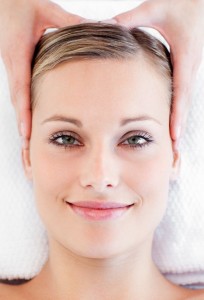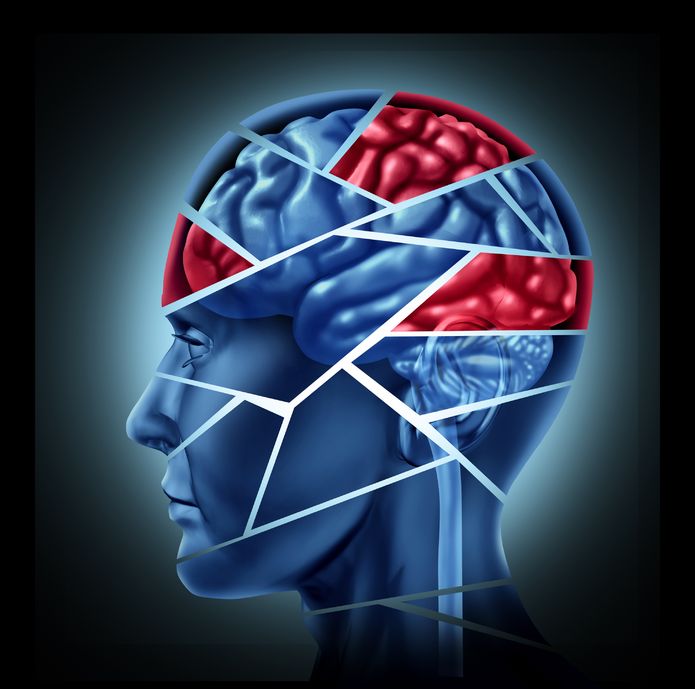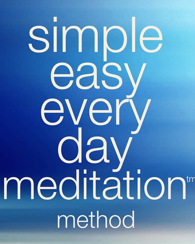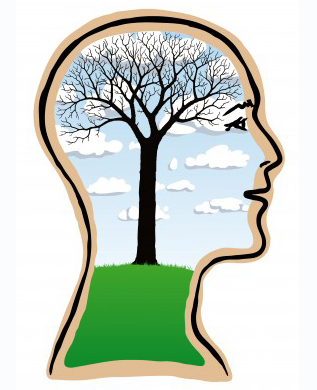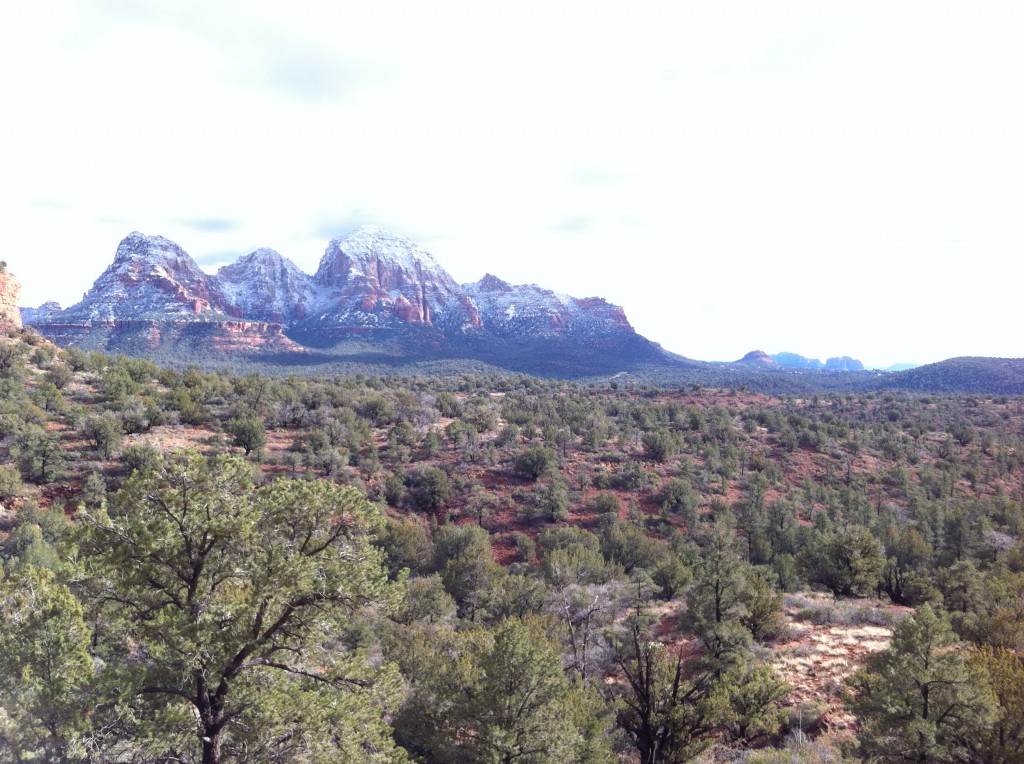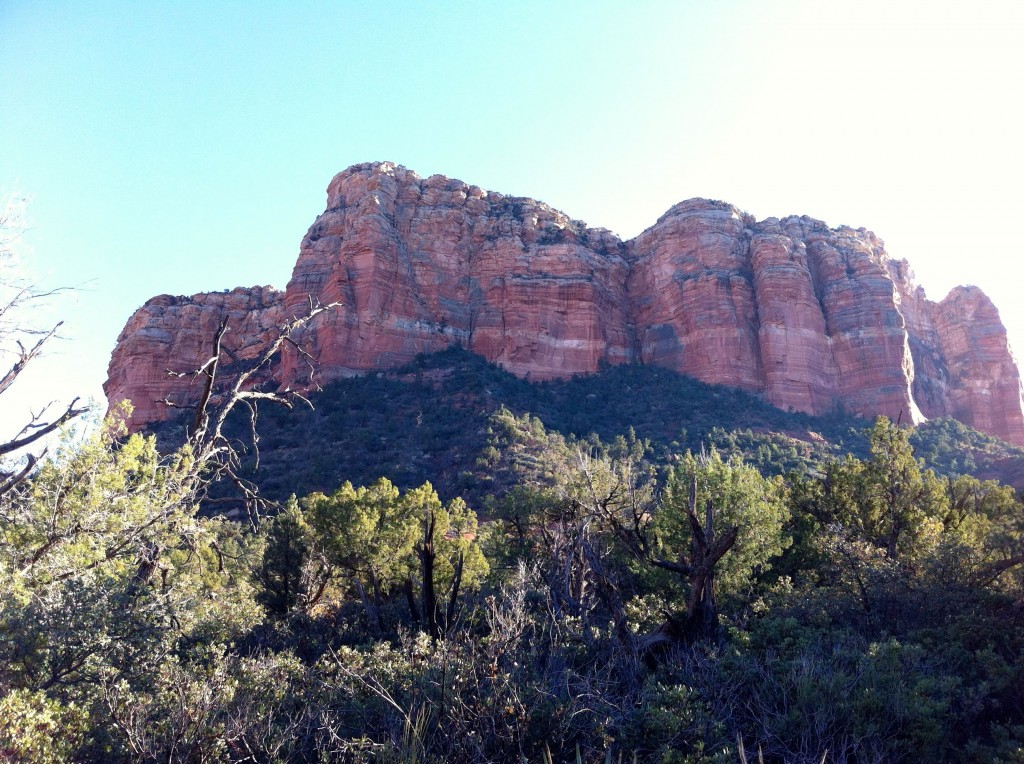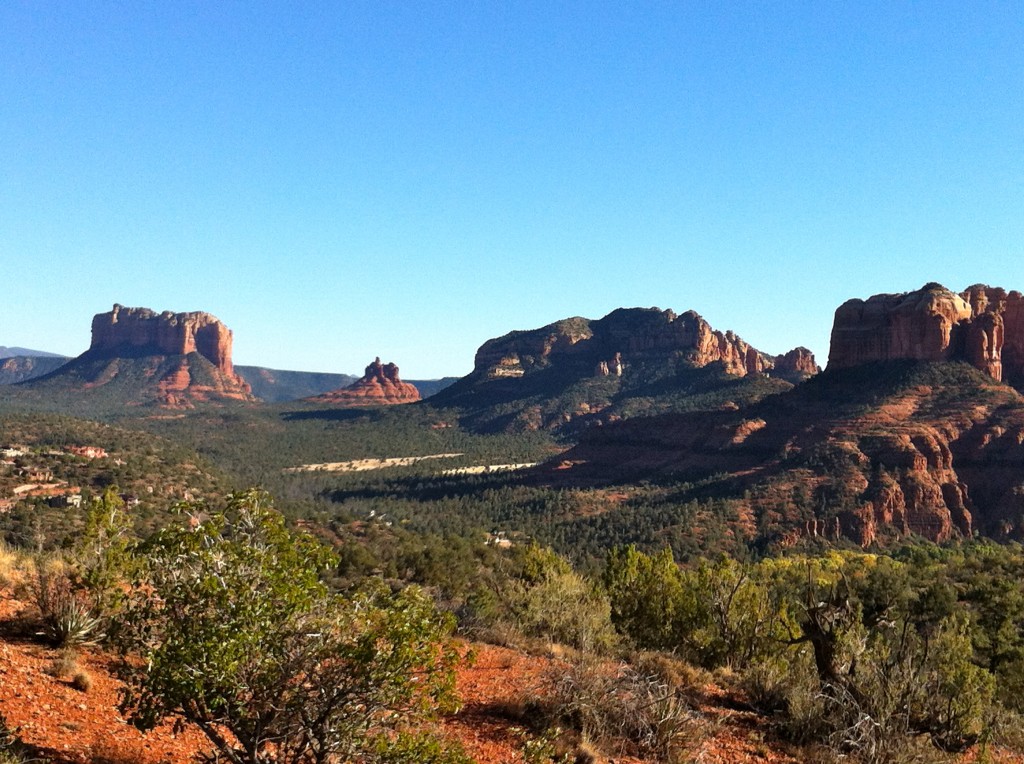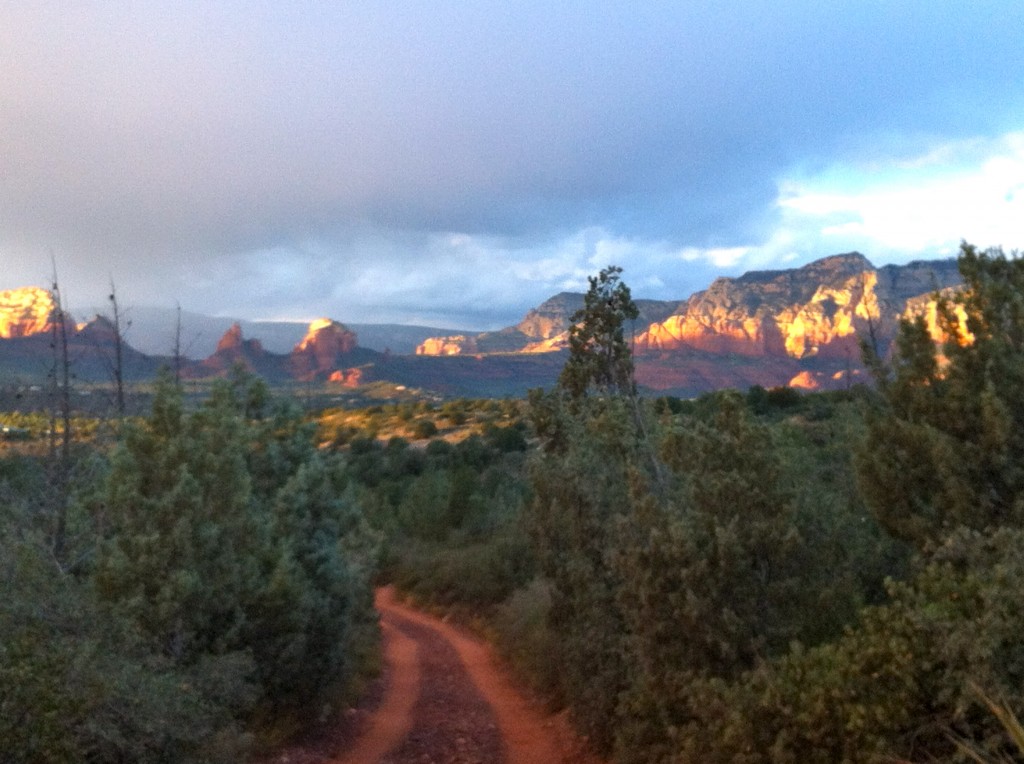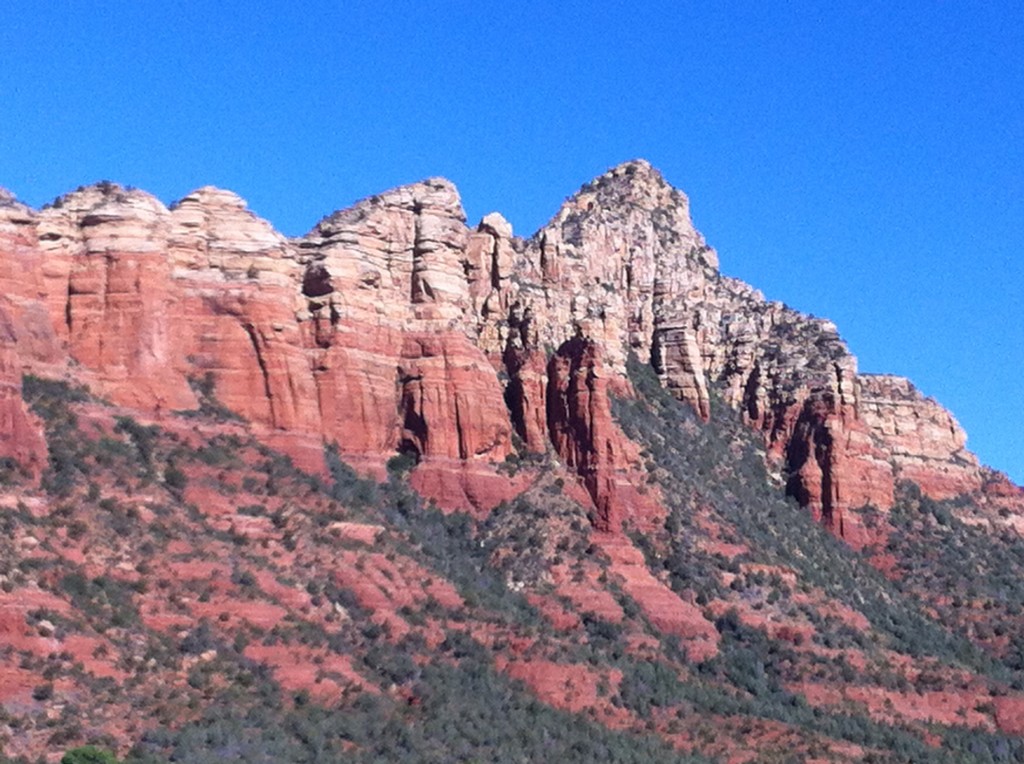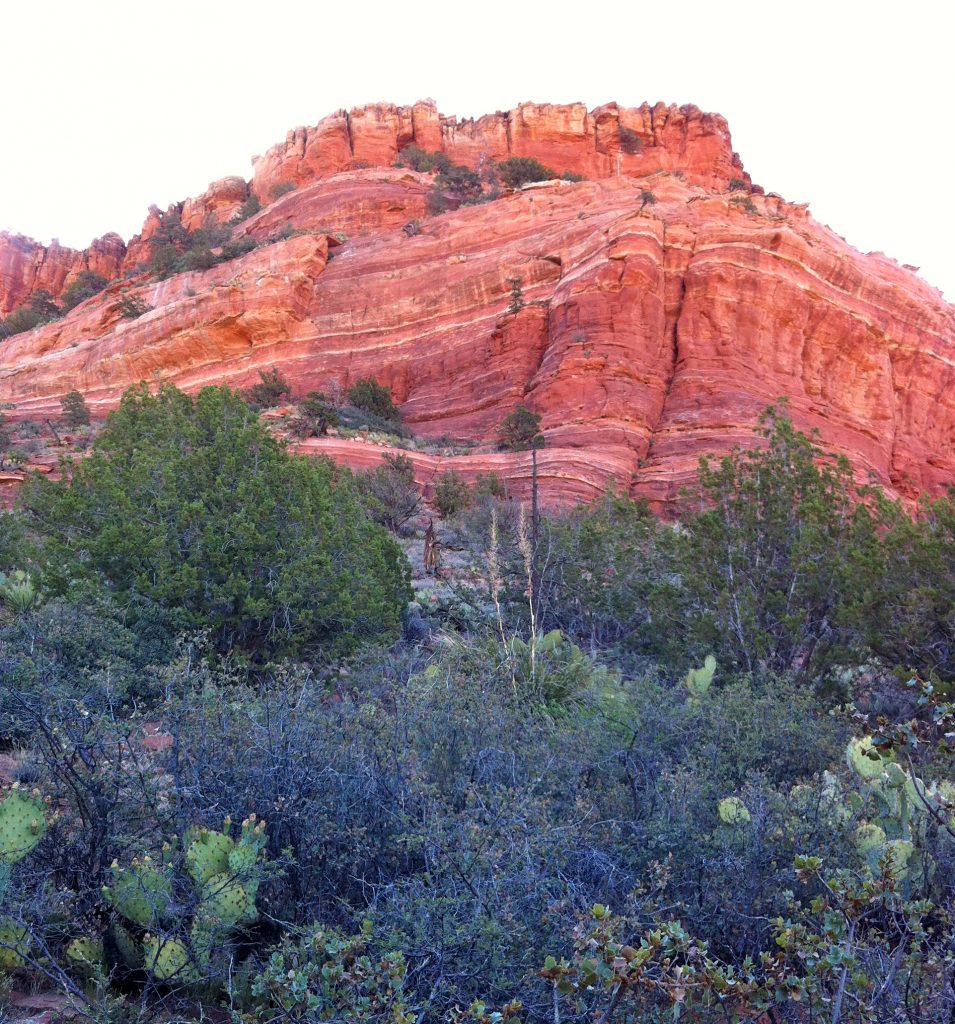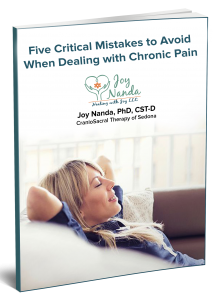This Upledger Institute Study Group meets in Sedona on the second Monday of every month, 6:00-8:00pm. Study groups include hands-on practice, techniques review and time available to have your questions answered. Meetings are facilitated by Joy Nanda PhD, CST-D, and take place in her office at 35 View Drive, West Sedona.
Eligibility: For students who have taken Introduction to CranioSacral Therapy or CS 1 through the Upledger Institute. For further information, please call (928) 282-0683 or click on the “Questions” link in the lower right corner of this screen.
The cost to participate is $20. A 25% early registration discount is available when registering in advance by clicking on the date below.

